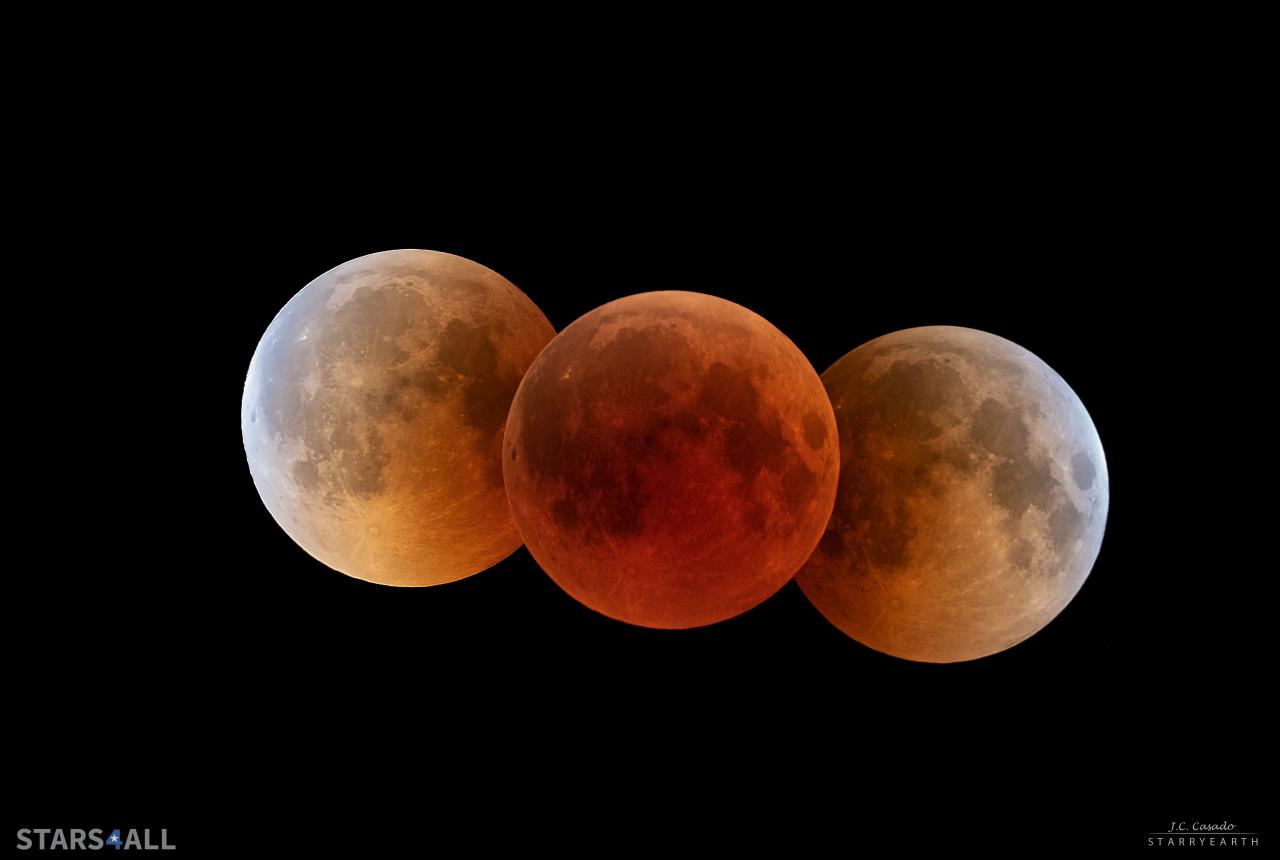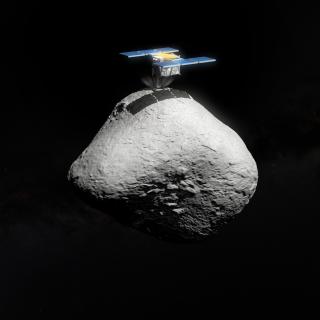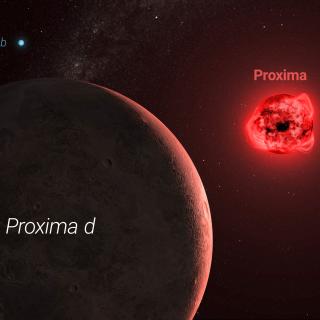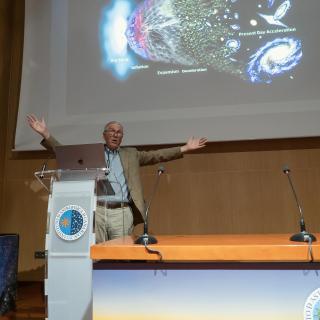Lunar eclipses occur when our satellite passes through the Earth’s shadow. This does not occur every month, because the orbit of the Moon is inclined with respect to that of the Earth around the Sun (the ecliptic). In contrast to solar eclipses lunar eclipses can be seen from any point on the Earth where the Moon is above the horizon.
On January 21st 2019 there will be a total eclipse of the Moon, with its máximum centred on the Carribean, according to data supplied by NASA. The phase of eclipse totality will last for 62 minutes, starting at 4h 41m UT (Universal Time, which is also local time in winter in the Canaries; we add an hour for continental Europe) and ending at 5h 43m UT. The eclipse will start when the Moon first enters the Earth’s shadow at 3h 33m UT.
From the whole of the American continent the complete eclipse will be observable, while from Atlantic Europe (Spain, Portugal, the UK and France) it will be seen with the Moon setting over the western horizon.
Live from the Teide Observatory
Within the initiatives against Light Pollution of the European project STARS4ALL (star4all.es) and with the collaboration of the Teide Observatory (Instituto de Astrofísica de Canarias) and the Teide Cable Car, the skylive.tv channel will broadcast live the Eclipse of the Moon from Tenerife. The broadcast will have two parts:
Connection 1, 20th January at 18.00 UT (18:00 local time in the Canaries, 19.00 CET, Madrid)
Sunset (18:42 from the Peak of Teide) and line-up full Moon- “Supermoon” –and the shadow of Teide.
Connection 2, 21st January at 3.30 UT (3.30 local time in the Canaries, 4:30 CET, Madrid)
Full Moon enters the Earth’s shadow (3.33 UT); beginning of totality (4:41 UT)
During totality the viewers will be able to see that the Moon does not disappear from view, but acquires a reddish tone. This is because the Earth’s atmosphere, which extends out to 80 km above the solid diameter of the planet, acts as a lens which bends the sunlight. At the same time it filters out its blue components and passes only the red light, which is then reflected by the Moon. This is how the Moon gets its coppery glow, characteristic of these eclipses.
“Supermoon” and the shadow of Teide
The Moon orbits the Earth with a period of about 28 days, but its orbit is not circular, rather it is elliptical, so that the Earth-Moon distance is not constant. If we take the period of 5,000 years from -1999 to +3000 the distance of the lunar perigee (the point on its orbit nearest to the Earth) has varied between 356,355 and 370,399 km, while the Lunar apogee (the point on its orbit farthest form Earth) has varied between 404,042 and 406,725 km (see the Five Millenium Catalog of Solar Eclipses, Espenak and Meeus, 2009). The definition of a “Supermoon” is the appearance of the Moon when full-moon occurs at a time close to lunar perigee (close is taken to be less than two days).
Using this defintion in 2019 there will be three Supermoons: on January 21st, February 19th and March 21st. The difference in the apparent size (seen from Earth) between the mínimum lunar perigee (Earth-Moon distance 356.355 km, apparent diameter of the Moon = 33.5 arcminutes) and the máximum lunar apogee (Earth-Moon distance 406.725 k, apparent diameter of the Moon 29.4 arcminutes) in the time interval between -1999 and 3000 is only 14%, and although this means a variation in apparent are of the sky by 28% it is not easy to note the difference just by looking.
The Canary Isles will become, yet again, the best European platform for observing the eclipse. At the máximum of totality the Moon will be at an altitude of 45 degrees above the horizon, the biggest in a European country. Furthermore, if we are at the top of the Peak of Teide and a total eclipse of the Moon occurs close to solar twilight, either at dusk or at dawn, we will be able to see an alignment between the shadow of the volcano and the full Moon. This phenomenon, unique and spectacular, will observable at sunset on the 20th and again on the 21st of January.
“After the great eclipse which we experience in Nambia under spectacular southern skies we will have another opportunity to see the red Moon. This time the invited artista will be Teide. The alignment between Teide and the full Moon will be something we should not miss. After that the eclipse awaits us, with its alway enigmatic colour at totalithy” comments Miquel Serra-Ricart, an astronomer at the IAC, who will be in charge of the broadcast.
STAR4ALL is a project funded by the H2020 programme of the European Union under agreement 688135. STARS4ALL has 8 member institutions (UPM, CEFRIEL, SOTON, ECN, ESCP Europe, IAC, IGB, UCM) from 6 countries.
Three Spanish Supercomputing centres: the Extremadura Centre for Advanced Techologies (CETA-CIEMAT), the Consotium of University Servers of Catalonia (CSUC) and the Instituto de Astrofísica de Canarias (IAC) will collaborate in the distribution of the breadcast on the web portal (sky-live.tv).
Contact at the IAC: Miquel Serra-Ricart, researcher at the IAC, mserra [at] iac.es (mserra[at]iac[dot]es)
- STARS4ALL website: http://www.stars4all.eu/
- Educational activities: http://astroaula.net/actividades/
- Broadcast information: http://www.sky-live.tv/retransmisiones/TLE-2019
- High resolution images:
https://www.flickr.com/photos/65131760@N06/sets/72157643279206743/
Youtube
Eclipse (imagen de la Luna y comentarios) https://youtu.be/RW6sTjAxdys Canal del cielo (solo imagen de la Luna) https://youtu.be/e2cOkrAILIs
Facebook: https://www.facebook.com/skylivetv



